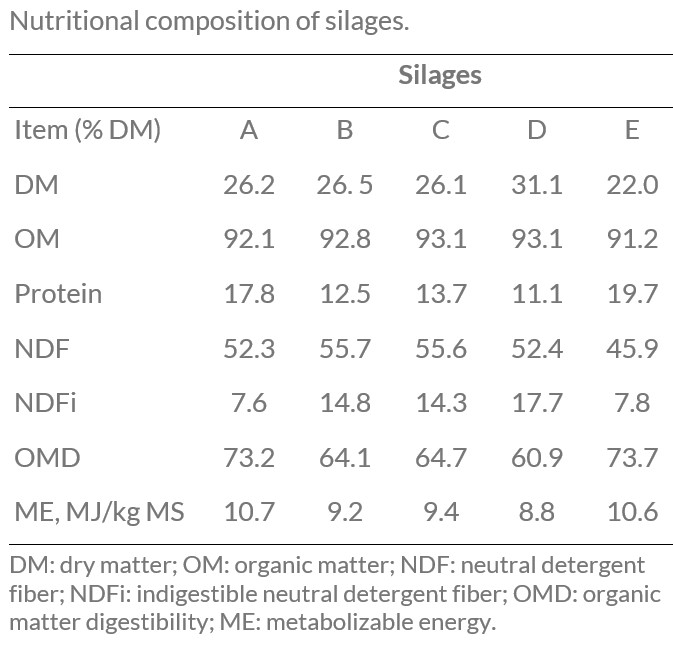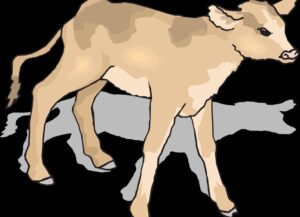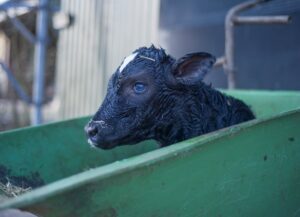María Villagrasa & Nuria Garcia
Timothy (Phleum pratense) is a perennial plant native to Eurasia whose cultivation is widespread in cold climates. In fact, together with red clover (Trifolium pratense) it dominates the forage crops of northern Sweden where dairy production is concentrated.
This grass species tolerates low temperatures well but is not resistant to prolonged droughts. It differs from most grasses in that one or occasionally two of the internodes at the base of the stem swell resulting in a type of bulb called “haplacorm”. This feature is often used to identify the plant during its early stages of growth.
It is usually sown in the spring or summer needing about 50 days to establish in most climates. It is a plant that regrows slowly after cutting, with early spring harvesting producing a highly digestible silage that promotes intake and milk production. However, ensiled regrown timothy reduces milk production because of its lower digestibility.
Differences in the digestibility of different crops may be related to changes in temperature and light intensity over their growth period.
Global warming has made the growing season last longer and has allowed three cuttings per year for silage production. There are not many studies on the effect of third-cut timothy silage on milk production, and their results have been variable. To optimize harvesting and feeding on the farm, there is a need for more knowledge about dairy cow production response to regrown silages with different harvesting strategies.
The objective of a study carried out at the Swedish University of Agricultural Sciences (Pang et al., 2020) was to investigate the effects on the production of dairy cows fed second and third cutting silages obtained with different harvest strategies.
Thirty Nordic red cows were offered five experimental diets formulated with the following feeds (concentration of each on a dry matter (DM) basis in parenthesis): regrowth silages (56.5%), barley (34.0%), canola meal (8.0%) and minerals and vitamins (1.50%). Four of the diets were second-cut silages, which allowed to evaluate the effects of the harvest time of the first cutting —early or late— on the second cutting silage, regrowth interval —short or long— on the second cutting and its interaction with cow production performance.
The five diets were as follows:
- A: early first cut and early second cut silage
- B: first early cut and silage of second late cut
- C: first late cut and early second cut silage
- D: first late cut and silage of second late cut
- E: early first and second cut, and third-cut silage
Second cutting silage harvested after the first early cutting (A) had the highest concentration of protein and metabolizable energy compared to second cutting silages harvested after the first late cutting (C and D)
Dry matter and NDF concentrations were lower in third-cutting silage, but protein concentration was higher than in second-cutting silage. In addition, early second-cutting silage after an early first cutting (A) and third-cutting silage showed equivalent DM (E) values.
Differences in the nutritional composition of the diets reflect the differences between silages because the source of silage was the only difference between them.
Effect of grass regrown silage on nutrient consumption
The cows receiving diet A were the ones that consumed the most DM (22.4 kg/day) and no differences in DM intake were observed between cows that were fed the third-cutting silage diet (20.8 kg/day) and the average second-cutting silage diet (21.1 kg/day).
The third-cutting grass silage increased milk production
Delaying the first cutting and increasing the regrowth interval reduced milk production (28.3 vs. 26.8 kg/day), milk fat yield (1.22 vs. 1.13 kg/day) and milk urea (4.50 vs. 4.01 mM/L). The same was the case with energy-corrected milk (ECM) where its production was reduced by increasing the regrowth interval, and this reduction was greater after the first early cutting from the first late cutting (29.9 vs. 28.1 kg/day).
On the other hand, cows fed third-cutting silage had higher milk yields (29.7 kg/day) and ECM (31.2 kg/day) than those receiving second-cutting silages (average 27.5 kg/day and 29.0 kg/day, respectively). One possible reason is the different distribution of nutrients between milk and body tissues, so cows fed the second-cutting silage diet partitioned more energy to tissues than cows fed the third-cutting silage diet.
Milk protein decreased from 3.68 to 3.60% and increased from 3.56 to 3.61% when the regrowth interval was increased after the first early and late cutting, respectively. The same happened with the production of milk protein which decreased from 1.06 to 0.96 kg/day and 0.94 to 0.93 kg/day by increasing the regrowth interval after the first early and late cutting, respectively.
As with other productive parameters, and compared to cows fed the second-cutting silage, feeding third-cutting silage increased the concentration of milk protein (3.61 vs. 3.67%), milk urea (4.25 vs. 5.17 mM/L) and the yields of milk fat (1.18 vs. 1.24 kg/day) and protein (0.97 vs. 1.06 kg/day).
Digestibility was reduced by increasing the regrowth interval
Total tract digestibility of dietary components decreased from 83.1 to 78.0% and 79.7 to 72.5% by increasing the regrowth interval after the first early and late cuttings, respectively. The diet with the third-cutting silage was more digestible than the second-cutting silage diets (78.3 vs. 82.3%) which agreed with previous reports.
Conclusions
In short, feeding regrown silage in two- or three-cutting systems harvested after an early first cutting and after a short regrowth interval improves feed intake and milk production. Third-cutting silage resulted in the highest milk production of all silages.
This study provided information on the dairy cows’ productive responses to regrown silages based on different harvesting strategies. Practical applications should consider the effects of harvesting systems on total forage DM production and overall farm profitability, including silage nutritional value and cow production responses.
Reference
Pang, Degong & Huhtanen, Pekka & Krizsan, Sophie. (2016). Effect of grass silage from regrowth on dairy cow performance.
© 2021 Dellait Dairy Knowledge Center. All Rights Reserved.












